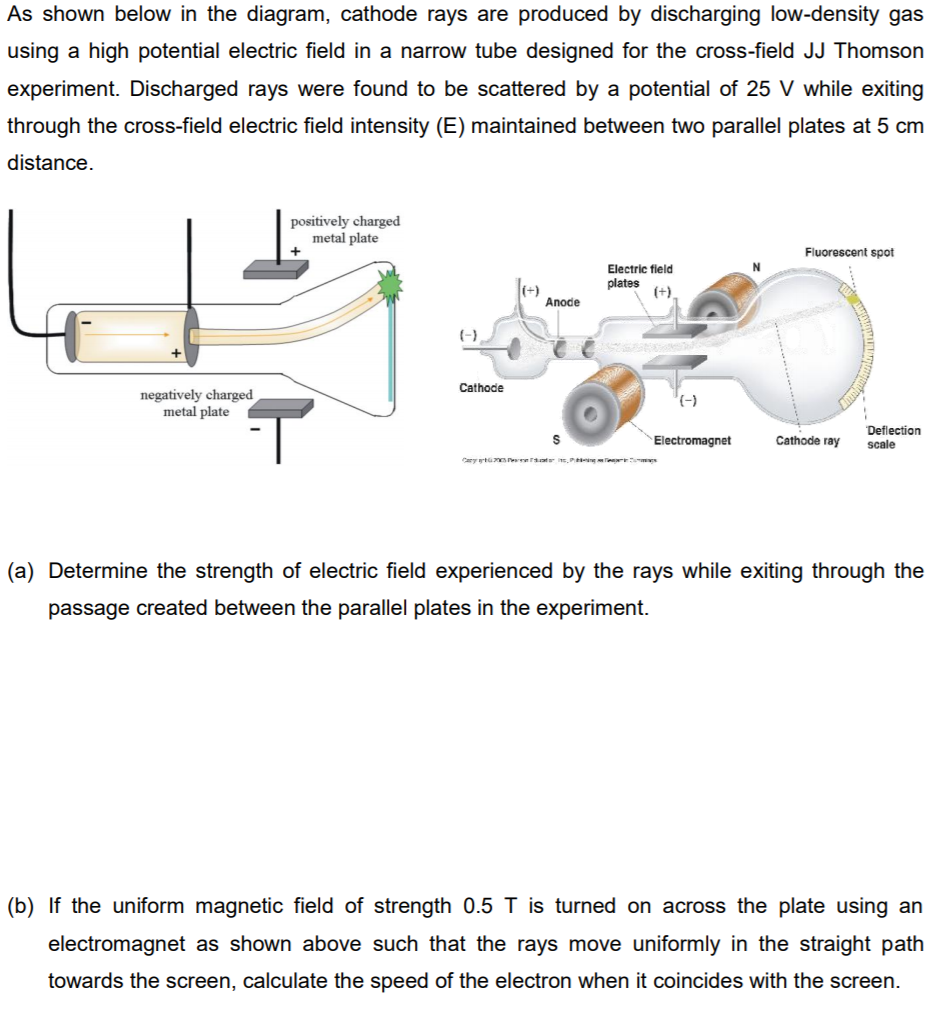

He originally called these particles 'corpuscles,' although they are now called electrons. Thomson determined that all matter is made up of tiny particles that are much smaller than atoms. He discovered that the ratio was the same regardless of what type of gas was used, which led him to conclude that the particles that made up the gases were universal. When he passed the rays through the vacuum, he was able to measure the angle at which they were deflected and calculate the ratio of the electrical charge to the mass of the particles. Thomson devised better equipment and methods than had been used before.

It was a popular research topic among physicists at the time because the nature of cathode rays was unclear. In 1894, Thomson began studying cathode rays, which are glowing beams of light that follow an electrical discharge in a high-vacuum tube. He was both respected and well-liked, and students came from around the world to study with him. He quickly earned a membership in the prestigious Royal Society and was appointed Rayleigh’s successor as the Cavendish Professor of Physics at the age of 28. Thomson worked in the Cavendish Laboratory after graduation, under the tutelage of Lord Rayleigh.

In 1876, he received a small scholarship to attend Trinity College at Cambridge to study mathematics. When an apprenticeship at an engineering firm couldn't be found, Thomson was sent to bide his time at Owens College at the age of 14. His father was a bookseller who planned for Thomson to be an engineer. Joseph John Thomson, who was always called J.J., was born in Cheetham Hill, England, near Manchester, in 1856. Thomson won the 1906 Nobel Prize in Physics, among many accolades. His research in cathode rays led to the discovery of the electron, and he pursued further innovations in atomic structure exploration. Thomson attended Trinity College at Cambridge, where he would come to head the Cavendish Laboratory.


 0 kommentar(er)
0 kommentar(er)
